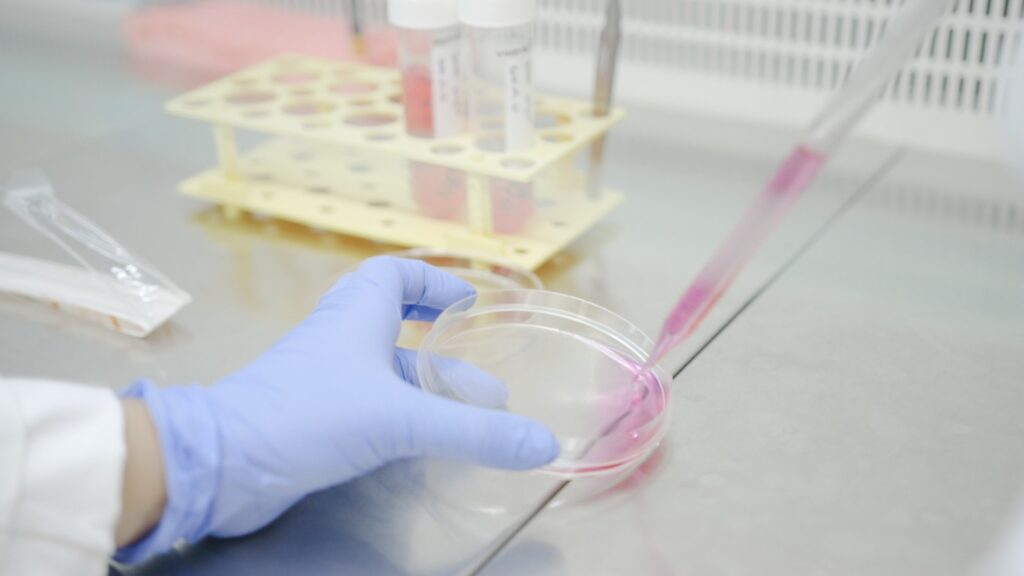Researchers of the IDIBELL have shown that a drug used to control Type II diabetes can help repair the spinal cords of mice suffering from the inherited disease adrenoleukodystrophy which, untreated, leads eventually to a paralysis, a vegetative state and death.
This is an important step along the road to the development of a therapy for the human disease for which current treatment options are scarce and only partially effective.
The results of this study have been advanced this Saturday in the electronic edition of the journal Brain.
The research group of the IDIBELL on neurodegenerative diseases, led by ICREA researcher Aurora Pujol, studies the role of mitochondria, the power plant of the cell, in drenoleukodystrophy, a disease caused by the inactivation of the ABCD1 transporter of fatty acids in peroxisomes. This inactivation leads to the accumulation of fatty acids in organs and blood plasma, and causes spinal cord degeneration. The group of diseases known as leukodystrophies are characterised by progressive loss of the myelin sheath, the fatty covering that acts as an insulator around nerve fibres. Damage to the myelin sheath impairs the conduction of signals in the affected nerves and leads to locomotor problems.
We found that the X-ALD mice showed a loss of mitochondria at 12 months of age, prior to disease symptoms, so this could not be a consequence of the disease, but rather a contributing factor. We also knew that the pathway involved in the mitochondrial loss could be treated by the use of the diabetes drug pioglitazone, so we decided to test its effect in the mice”, explained the researcher. Pioglitazone halted the nerve fibre degeneration by preventing the loss of mitochondria, and inhibiting metabolic failure and oxidative stress in the treated mice, and hence also halted locomotor disabilities. The researchers were able to prove this both through analysis of spinal cords post mortem, and in vivo by putting the mice through a number of physical tests.
Although X-ALD is a relatively rare disease with a minimum incidence of 1 in 17 000 males, there are other neurodegenerative disorders caused by myelin sheath degeneration, for example multiple sclerosis, and many others where impaired bioenergetics combined with oxidative stress and degeneration of axons are known to be involved. The latter category of disease includes Parkinson’s, Huntington’s, and Alzheimer’s.
“It is possible that our findings may be relevant to these conditions as well,” said Pujol. “Following on from these promising results, together with Professor Patrick Aubourg from the Hôpital Bicêtre, Paris, we will shortly be starting a multi-centre phase II clinical trial of pioglitazone in adult patients suffering from a late onset variant of adrenoleukodystrophy.
Our research has shown that it will be feasible to monitor the biological effects of the drug by looking for biomarkers of oxidative damage in blood cells or plasma. We are happy to have made a contribution to finding a simple and effective treatment to a group of devastating diseases”, concluded.
Researcher Aurora Pujol presented the study results at the annual conference of the European Society of Human Genetics held from 8 to 11 June in Paris.”.
Article’s reference
Morató L., Galino J., Ruiz M., Ylagan Calingasan N., Tarrkov A.A., Dumont M., Naudí A., Martínez J.J., Aubourg P, Portero-Otín M., Pamplona R., Galea E., Flint Beal M., Ferrer I., Fourcade S. And Pujol A. Pioglitazone halts axonal degeneration in a mouse model of X-linked adrenoleukodystrophy. Brain (2013).

